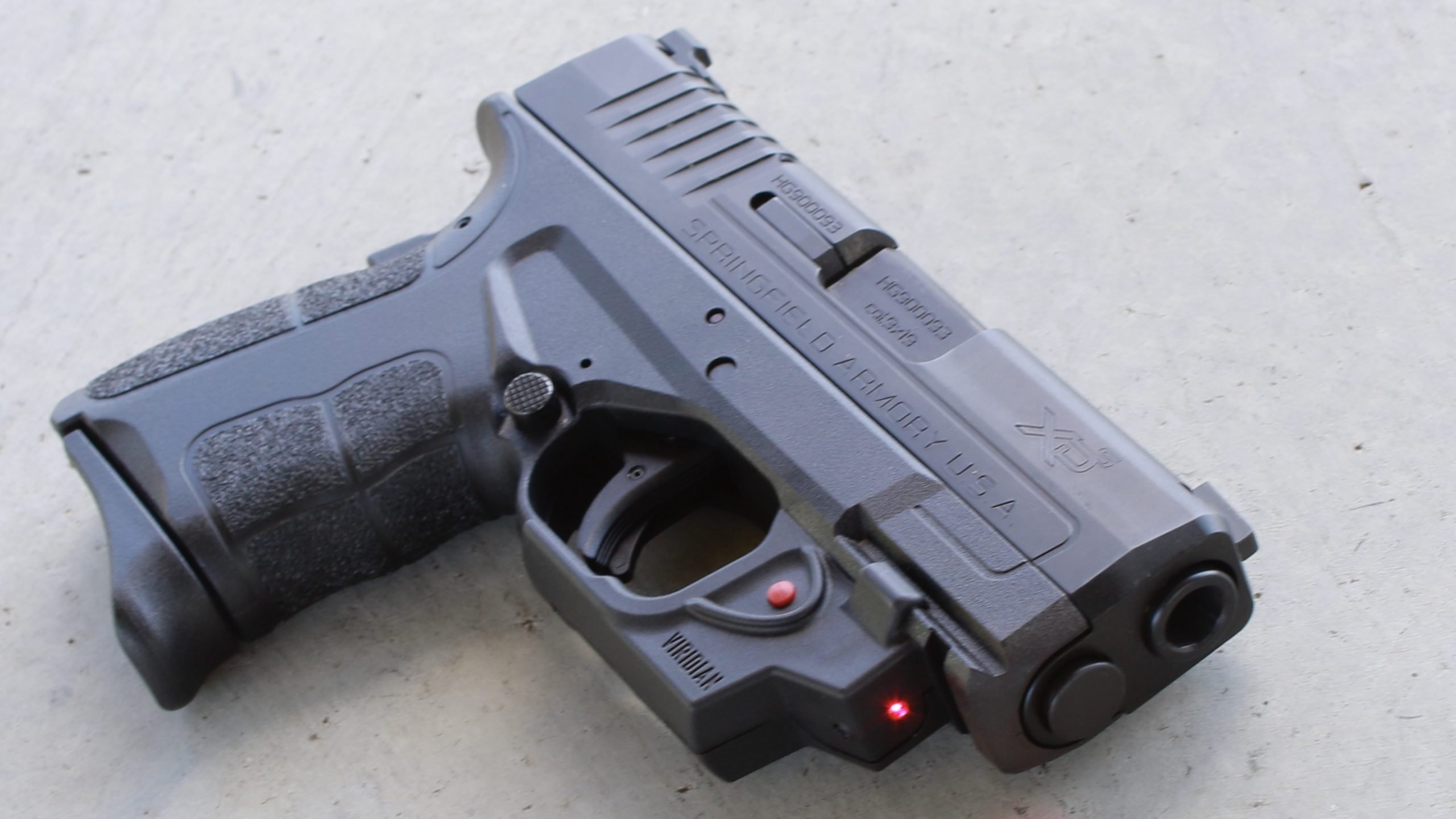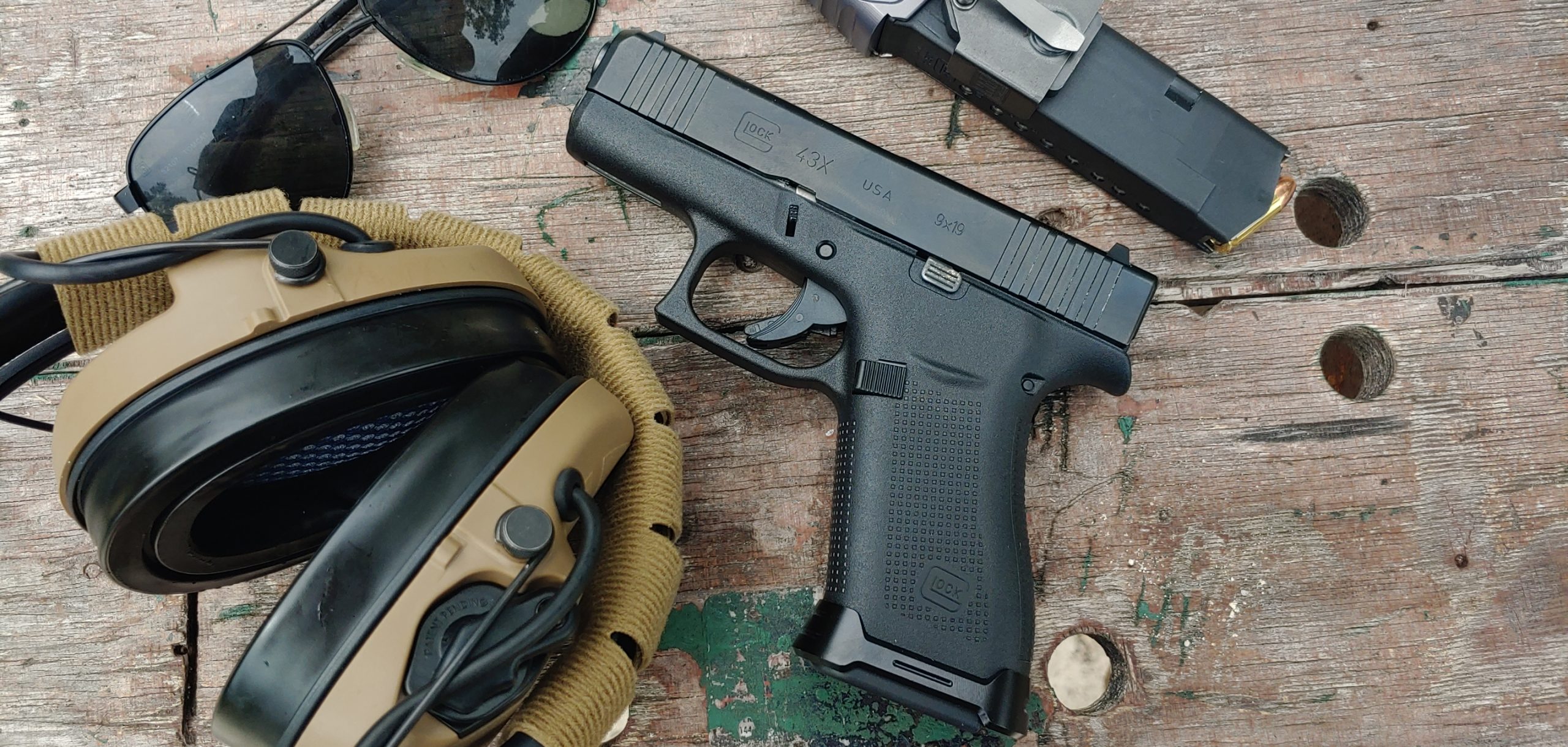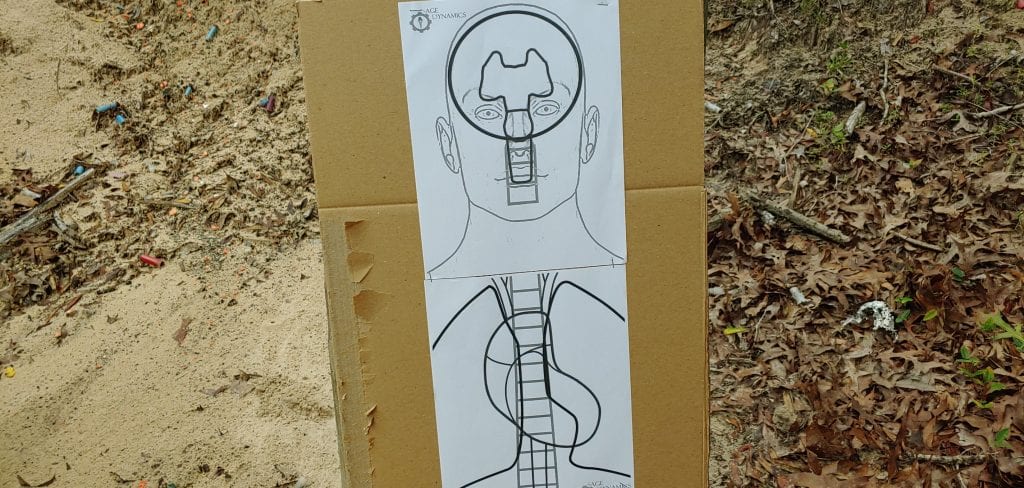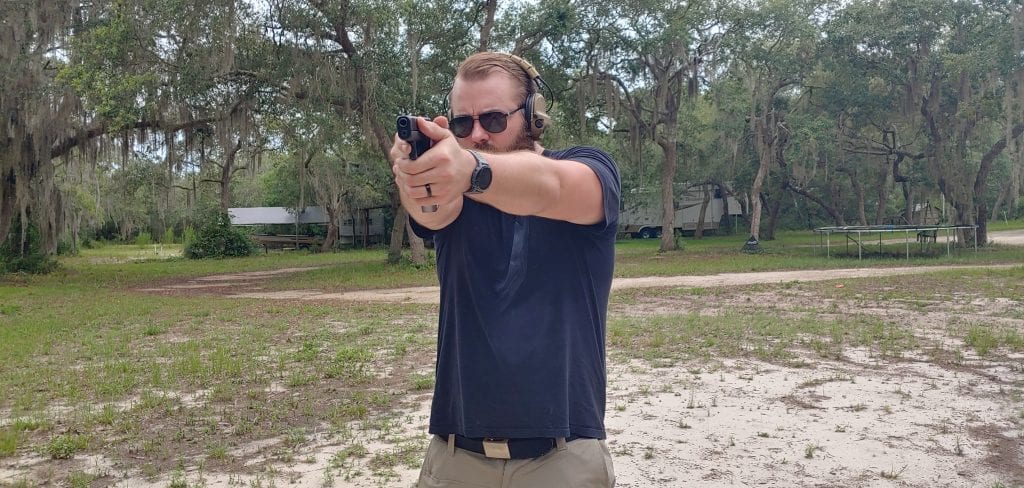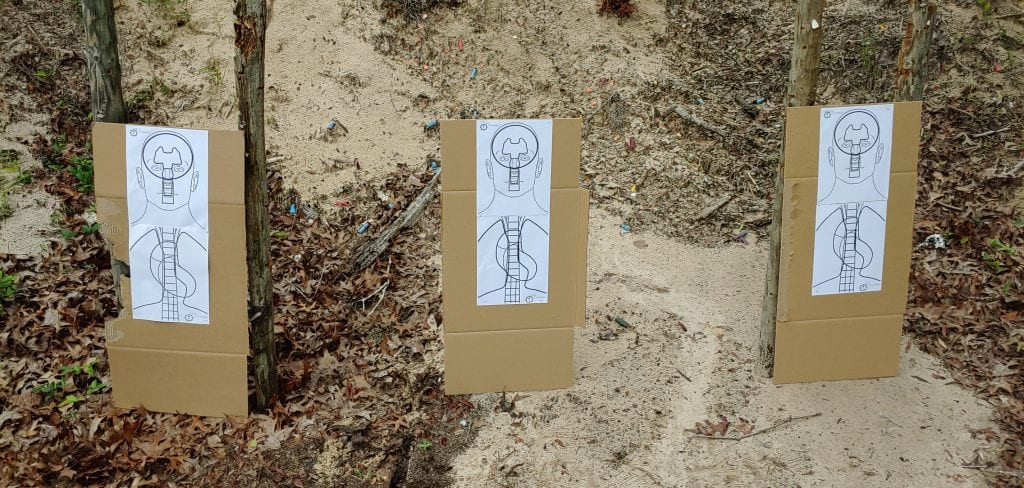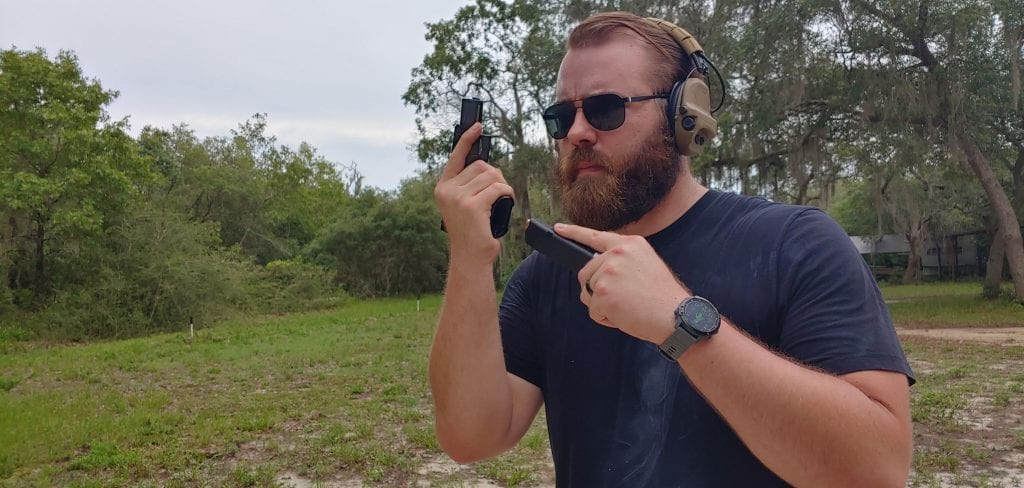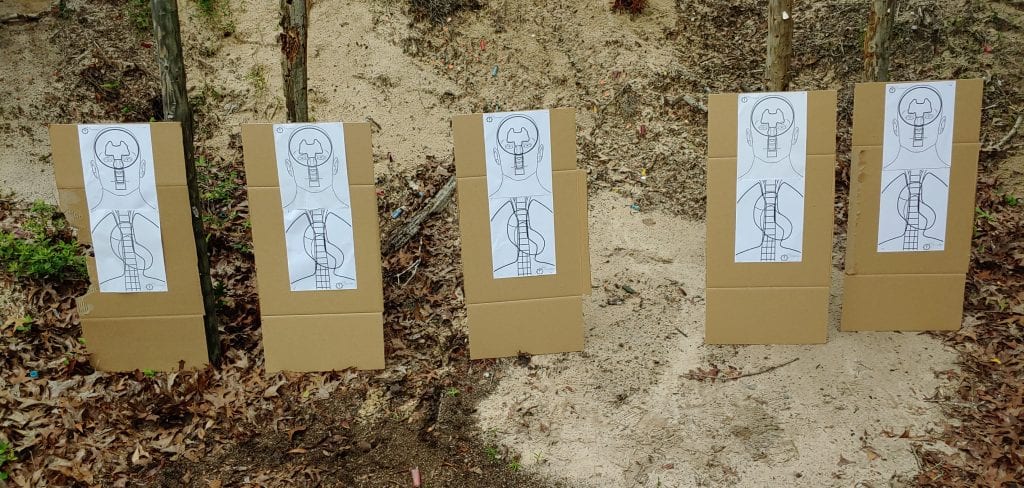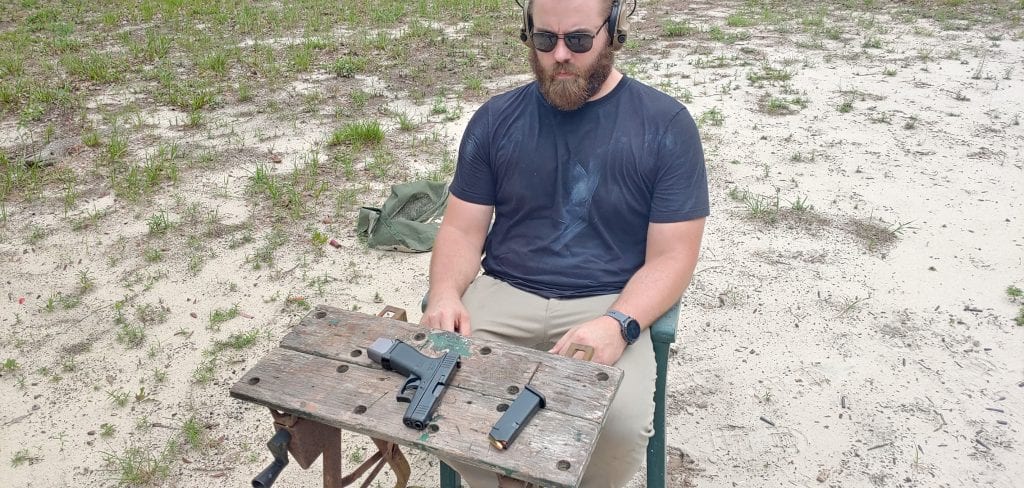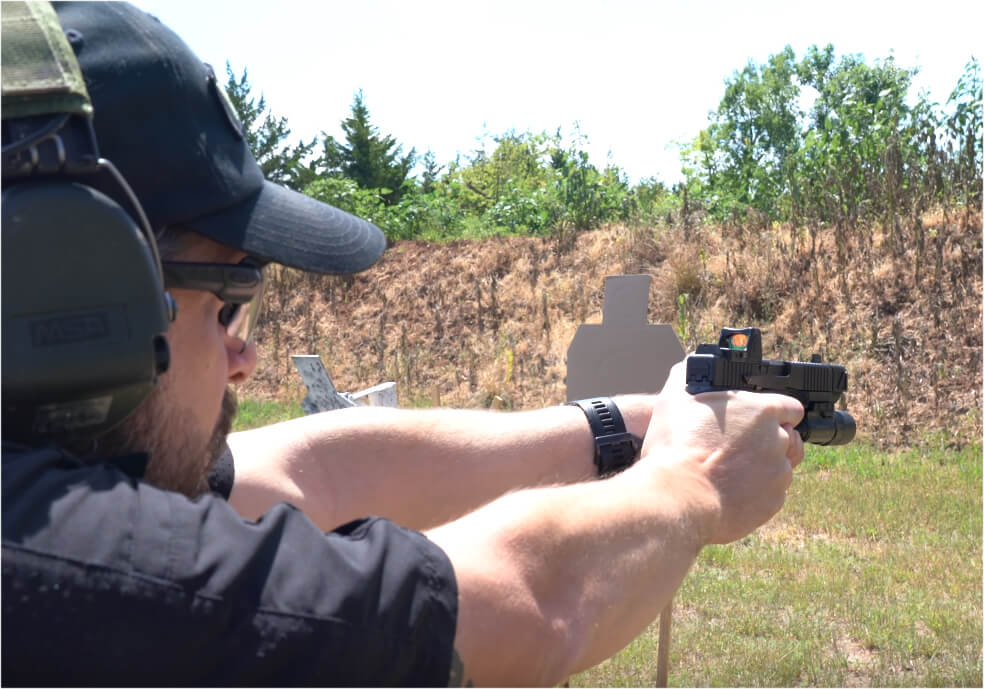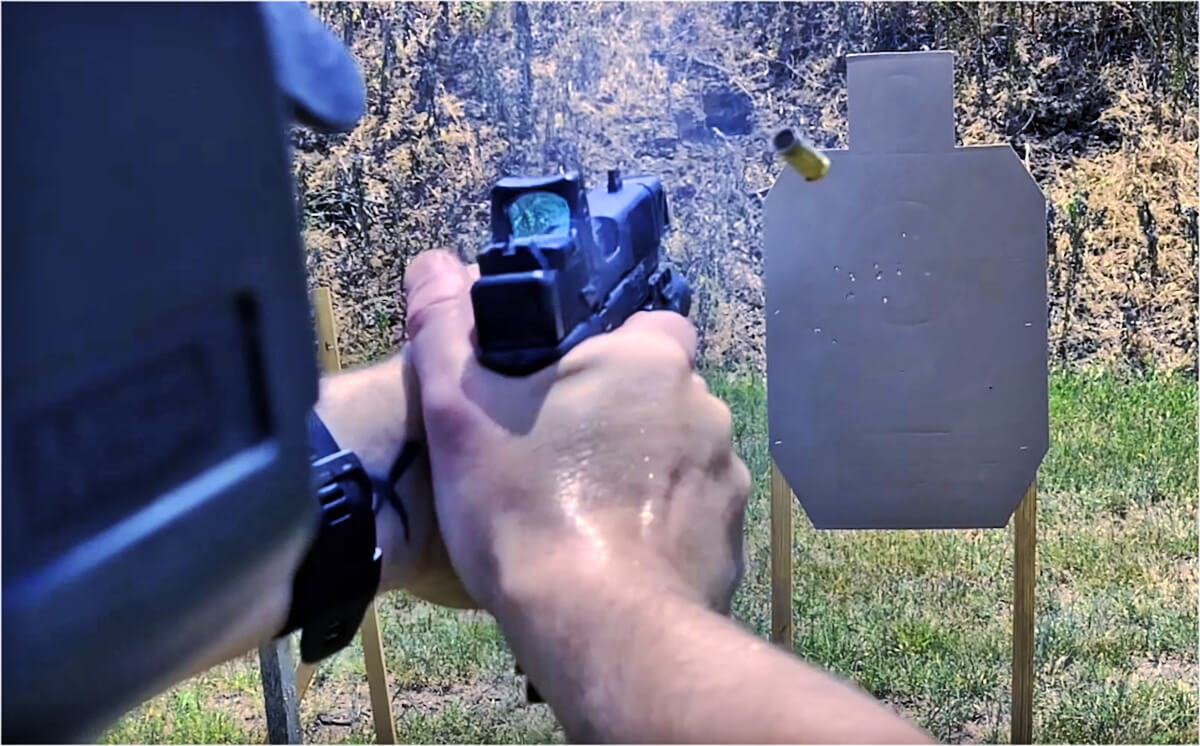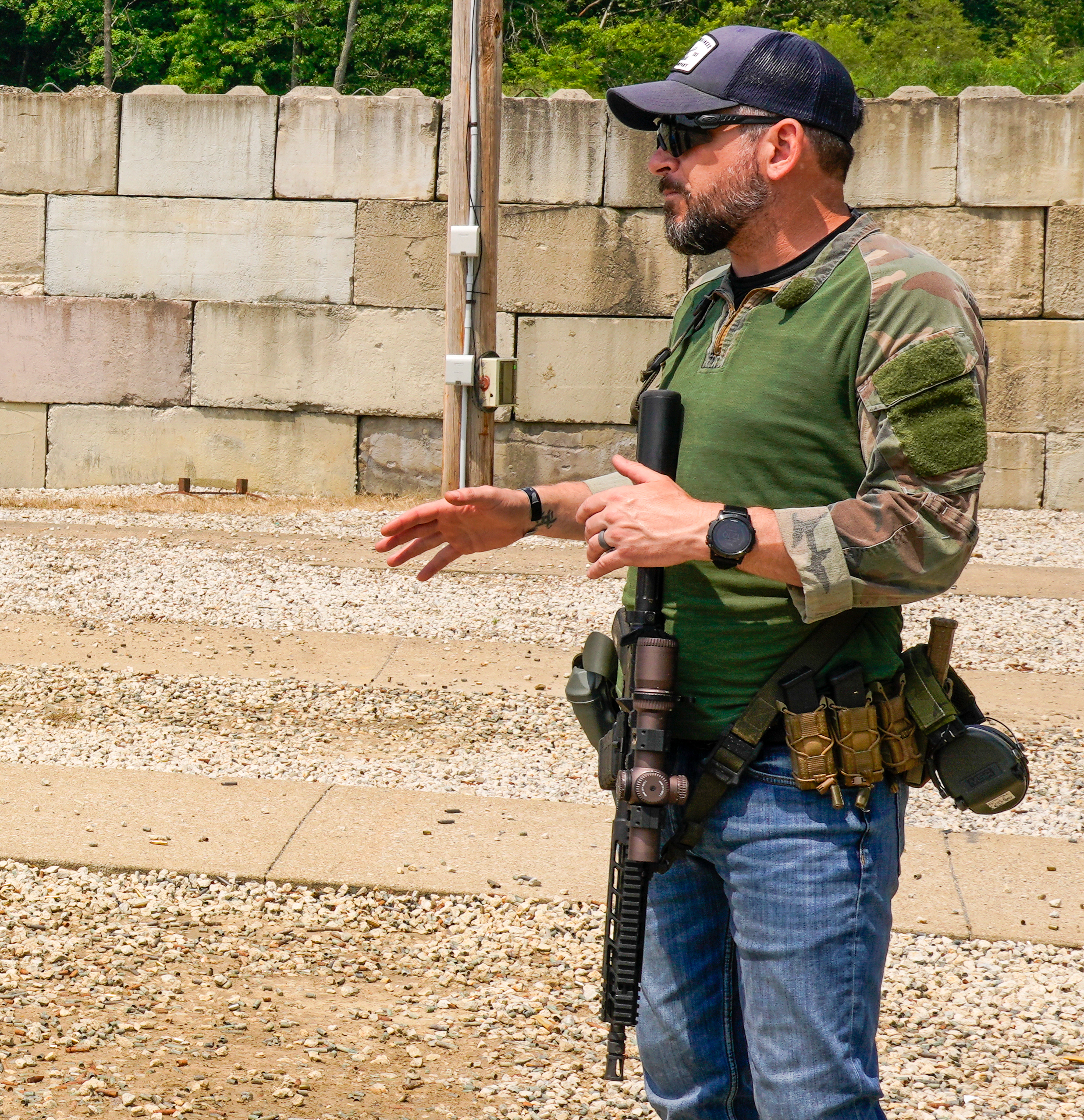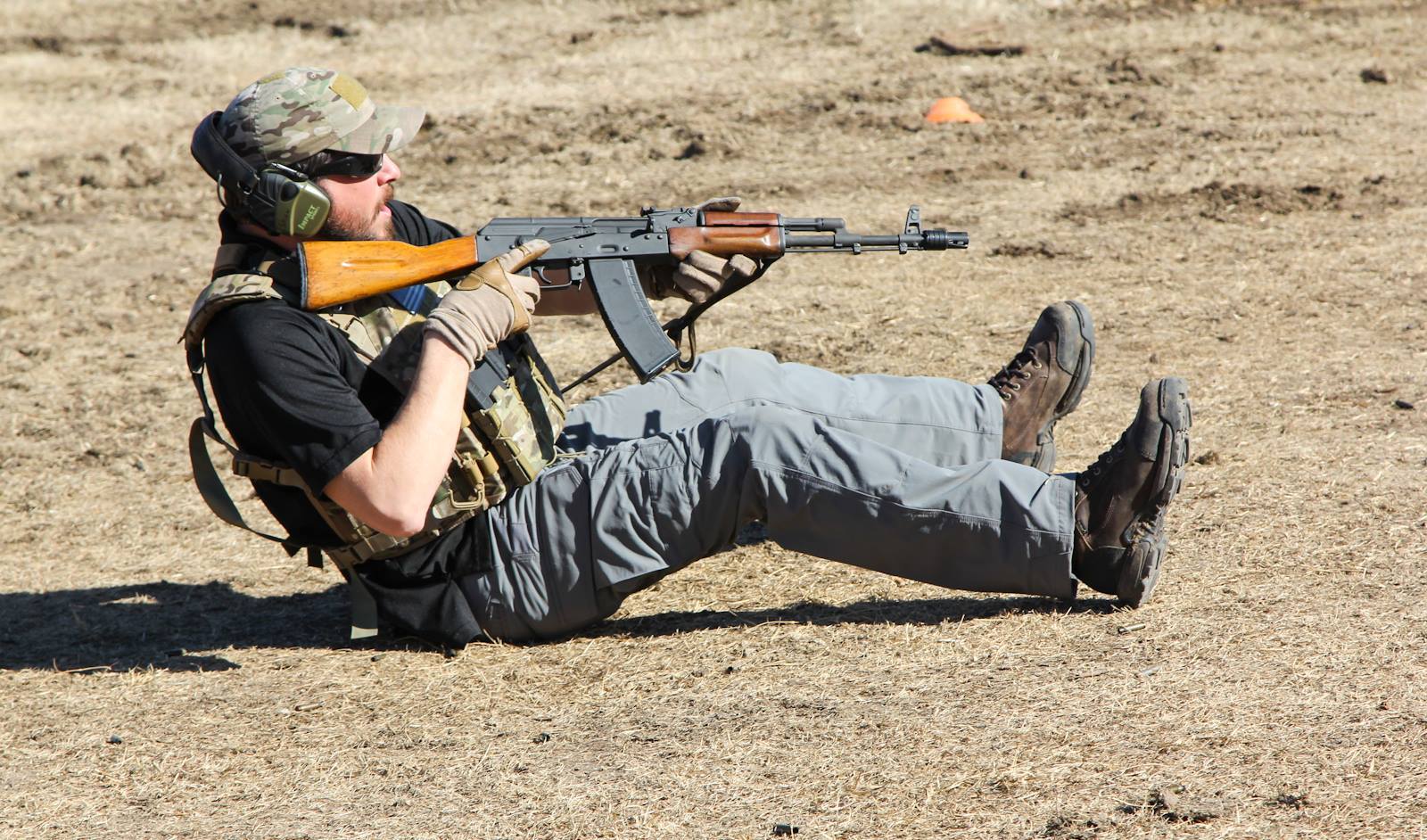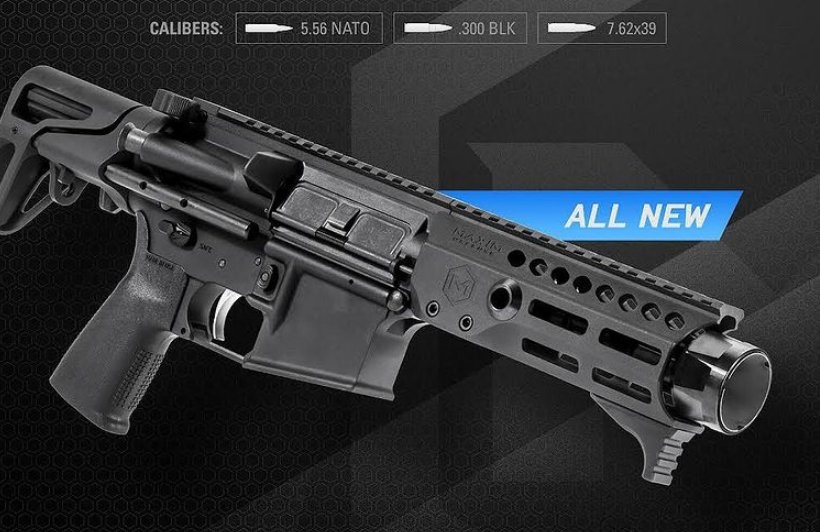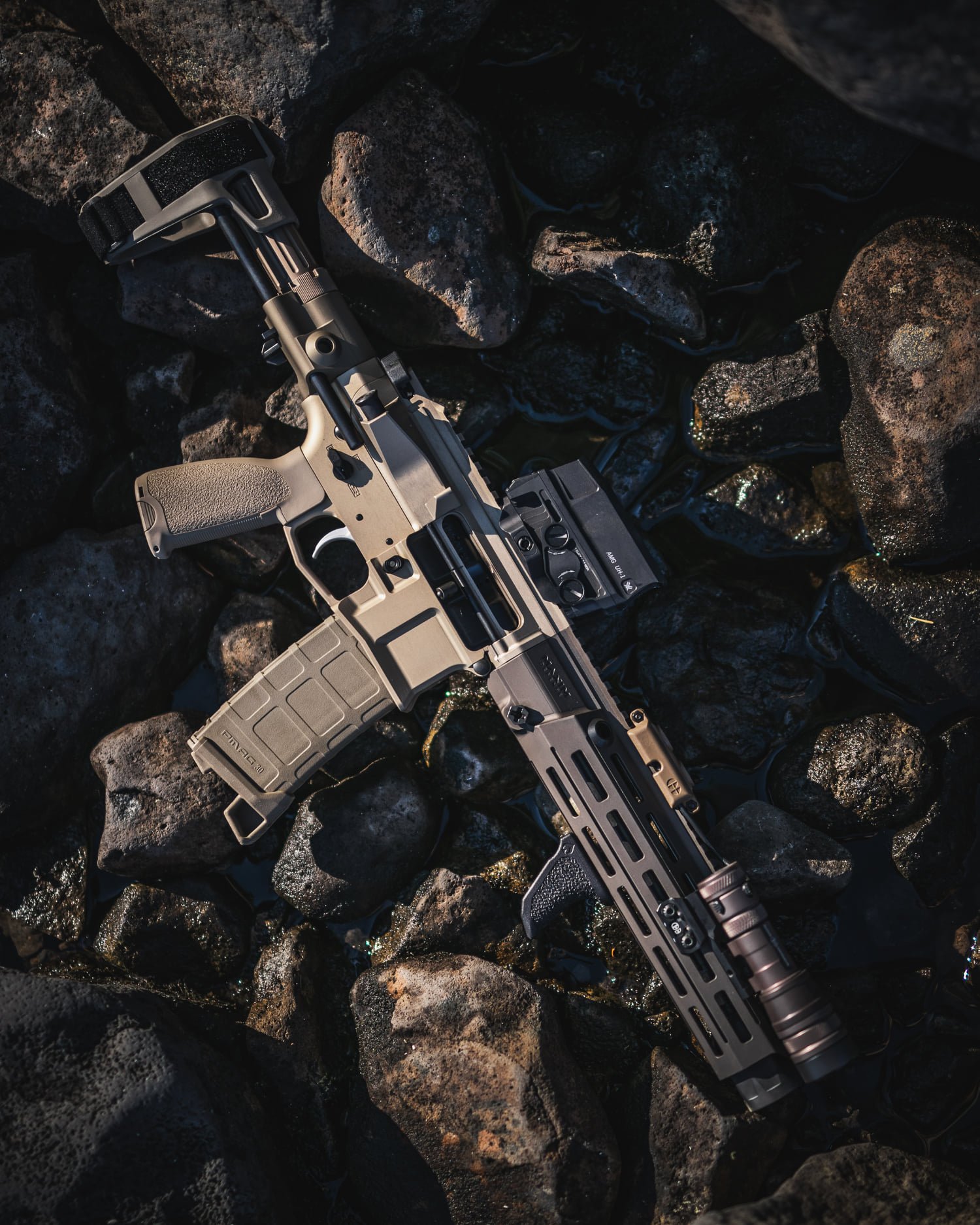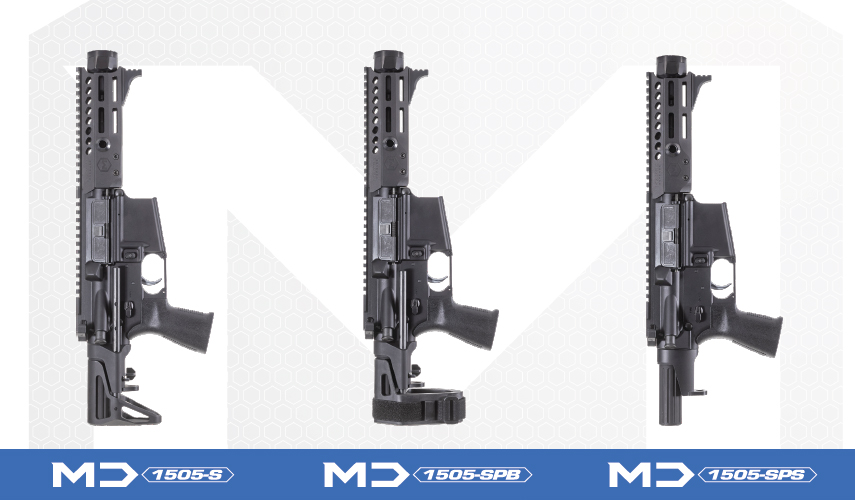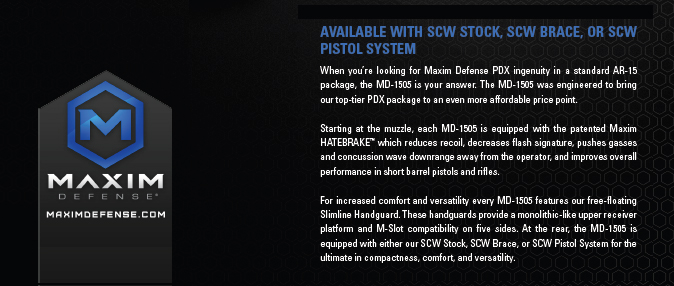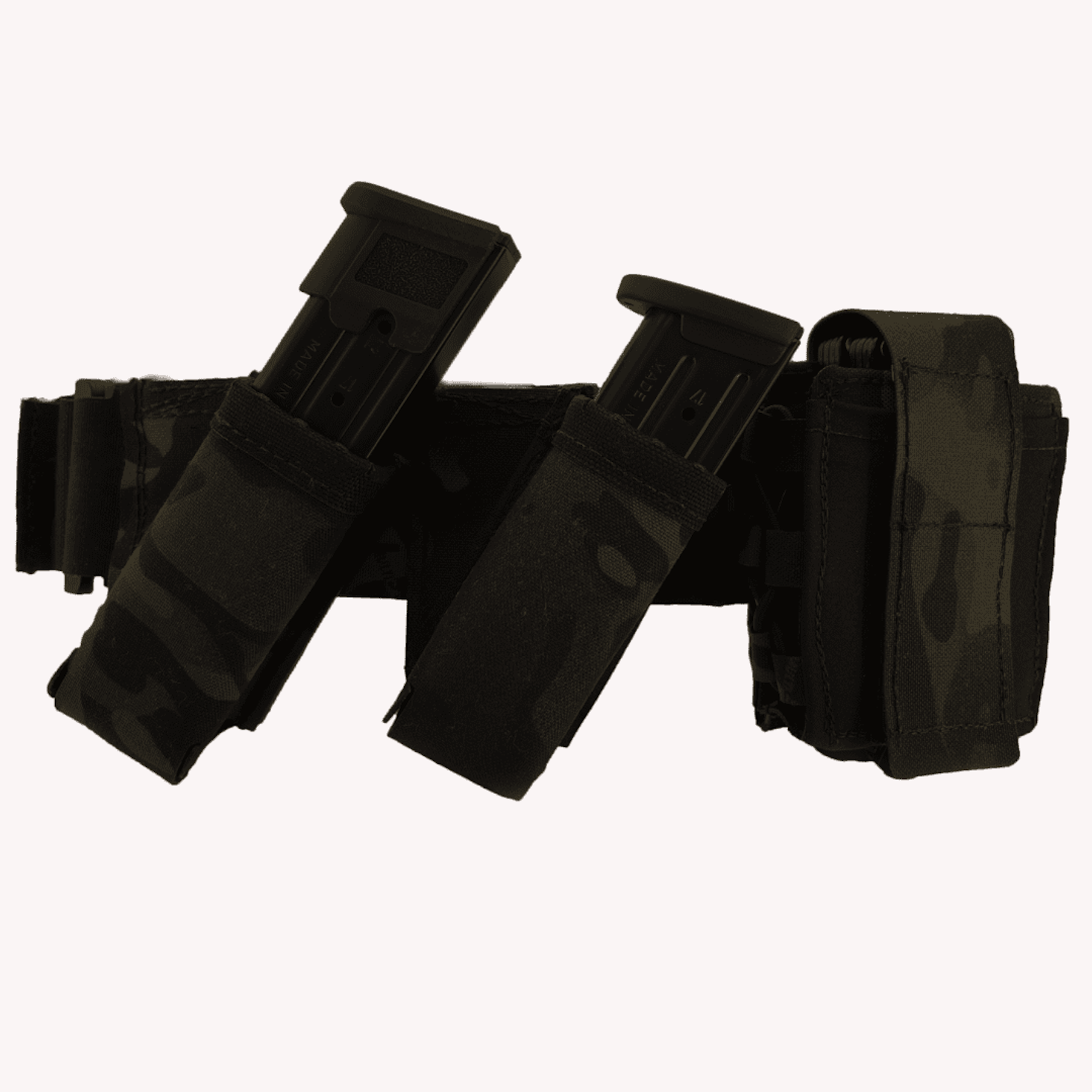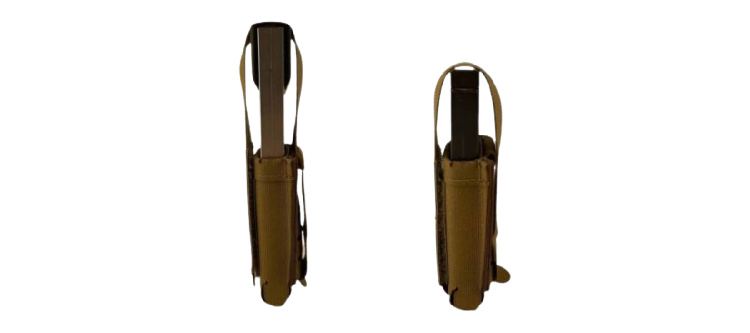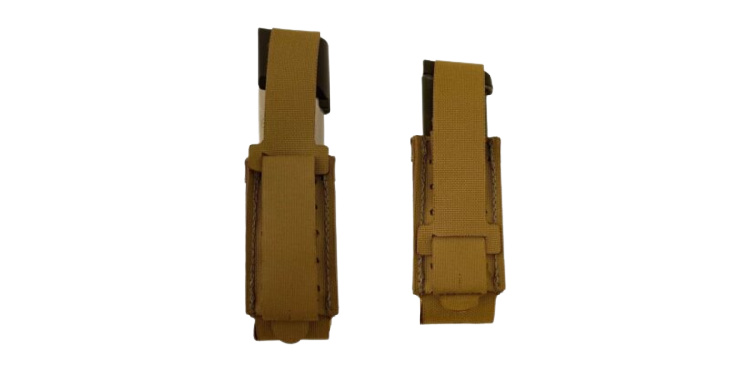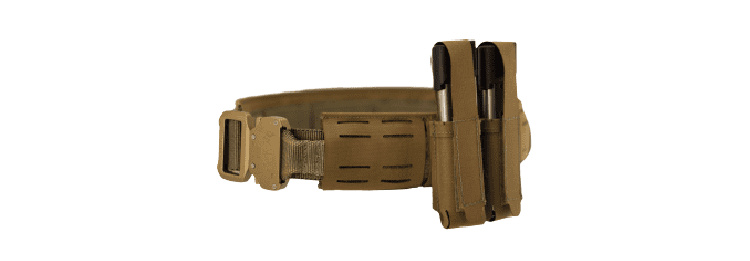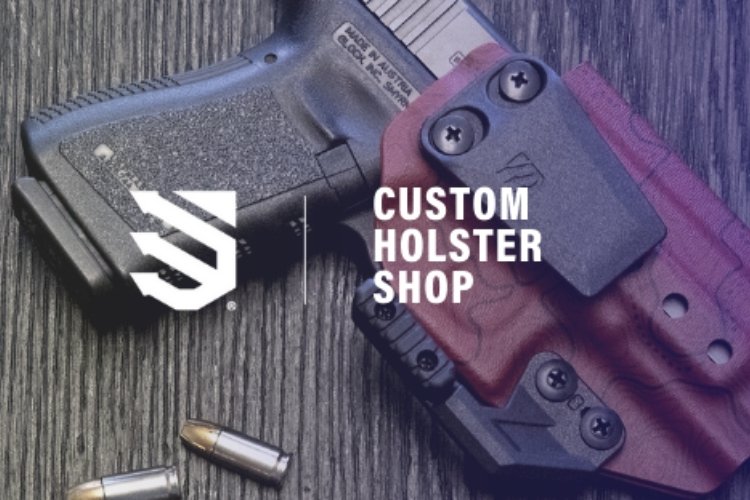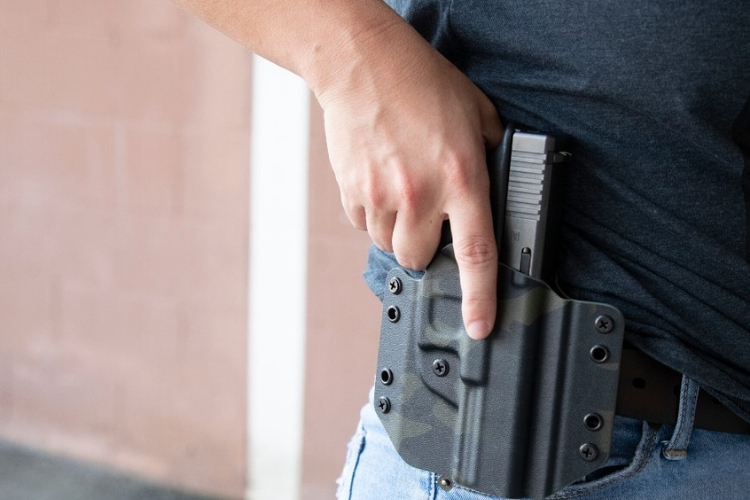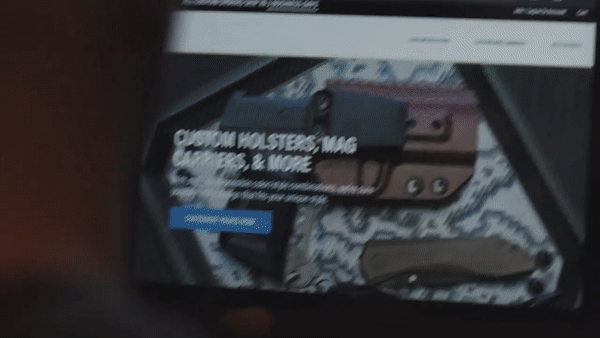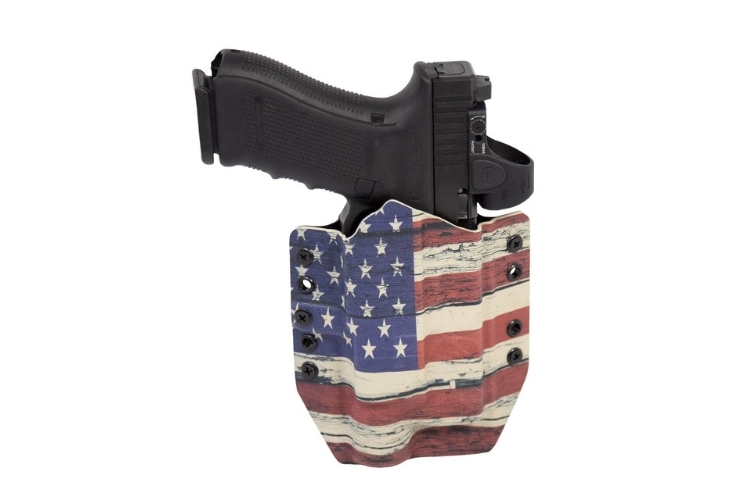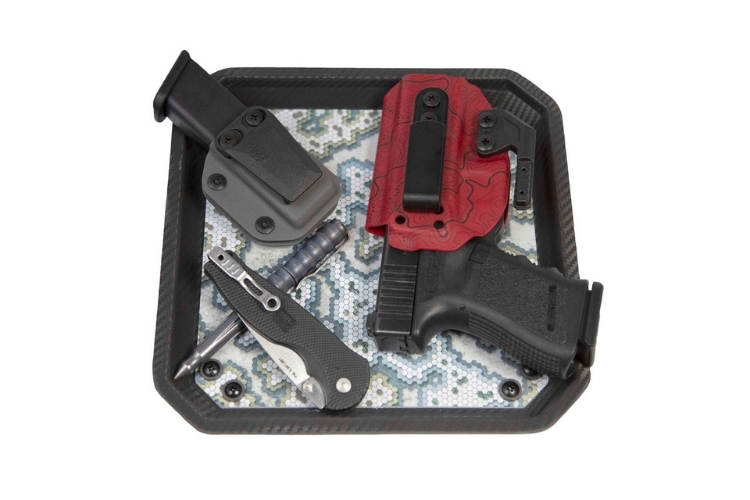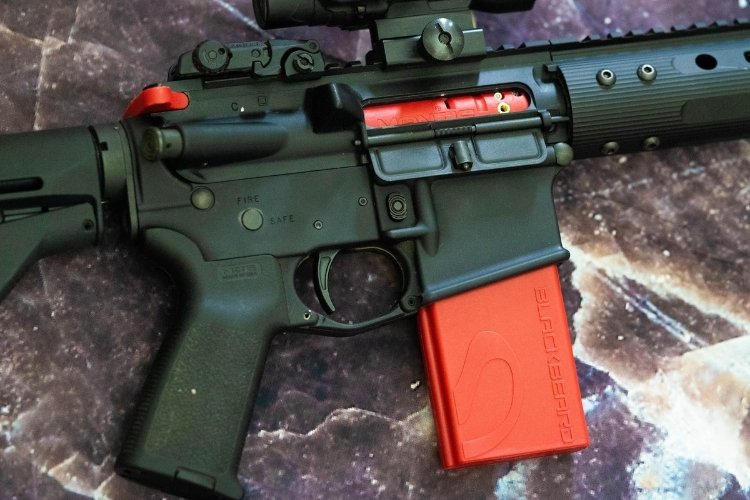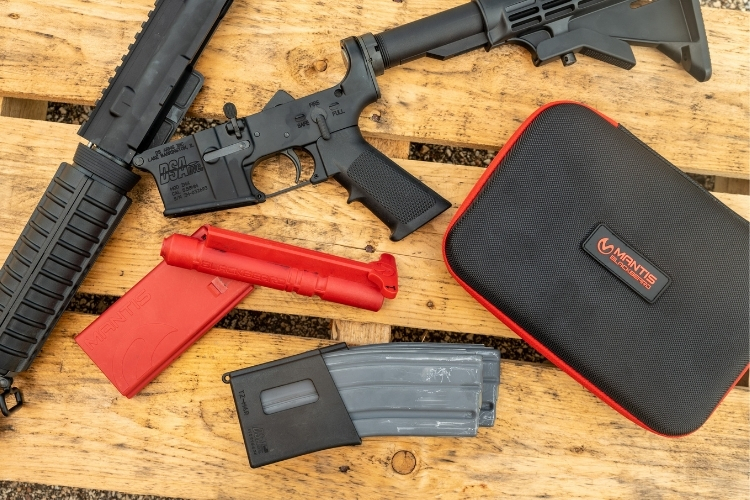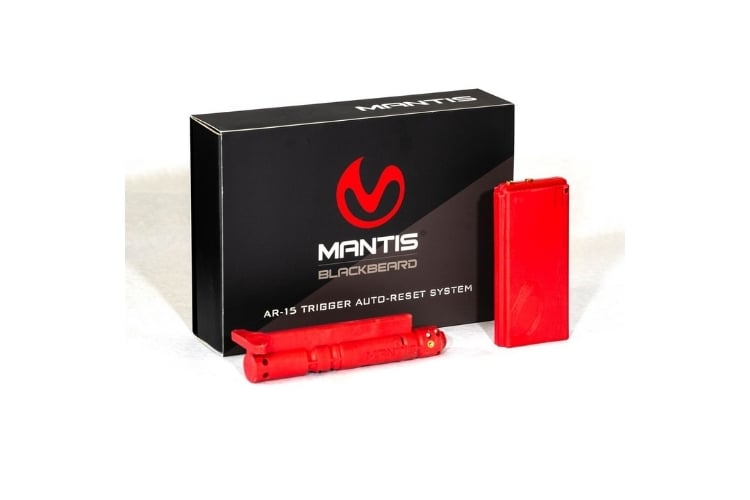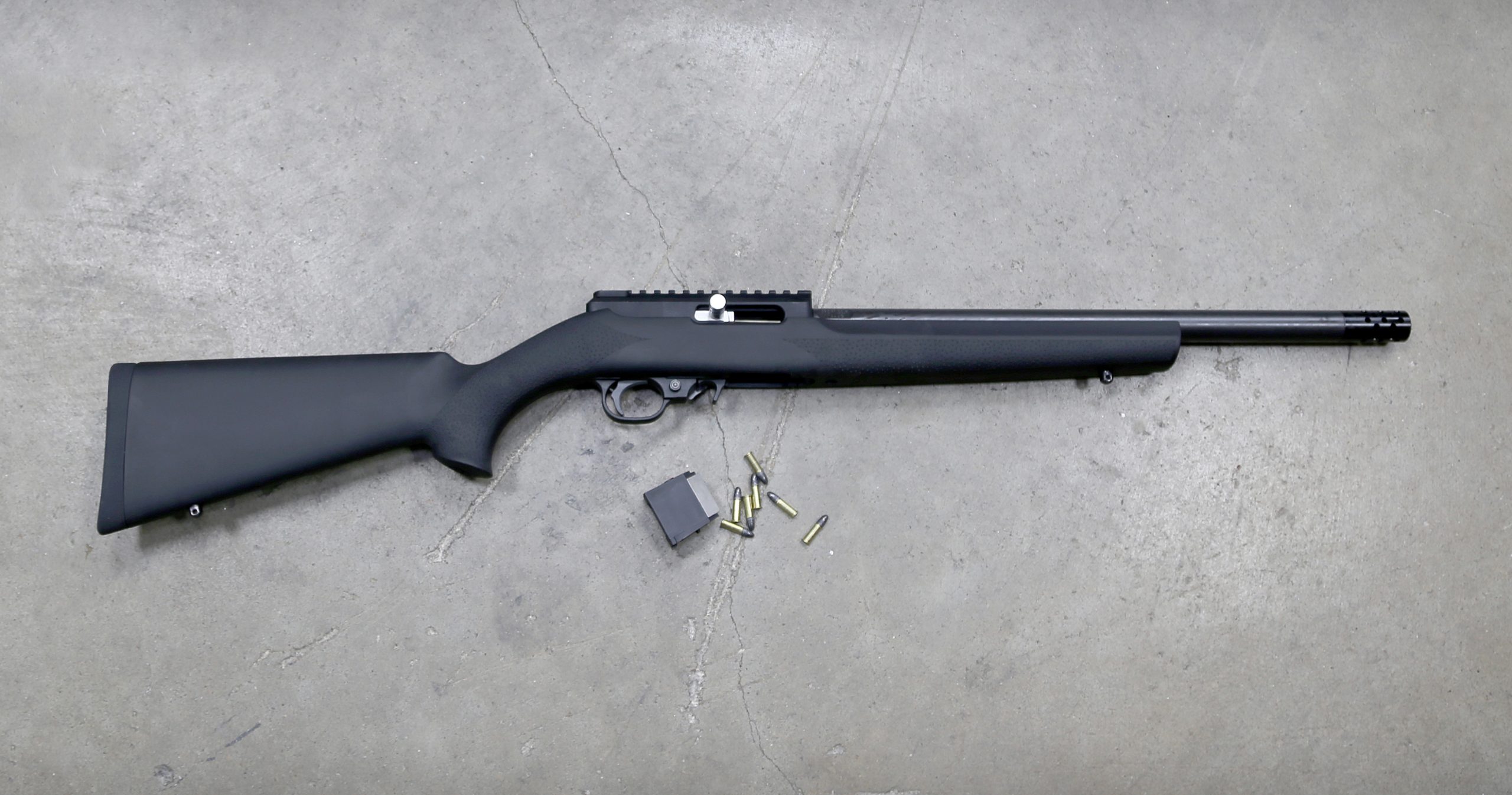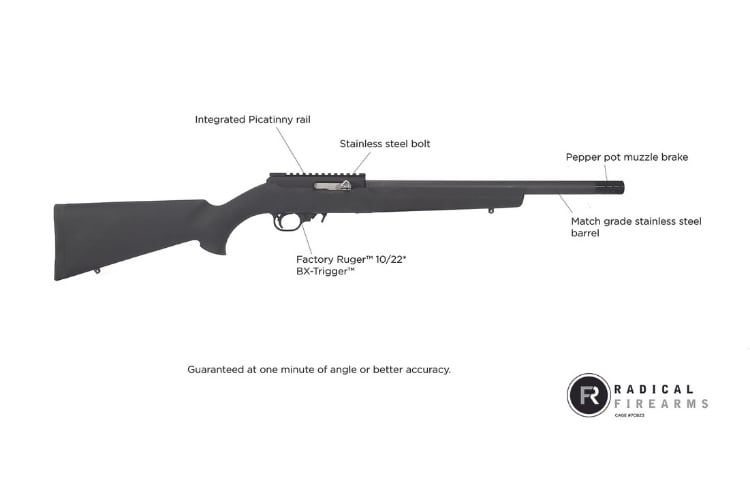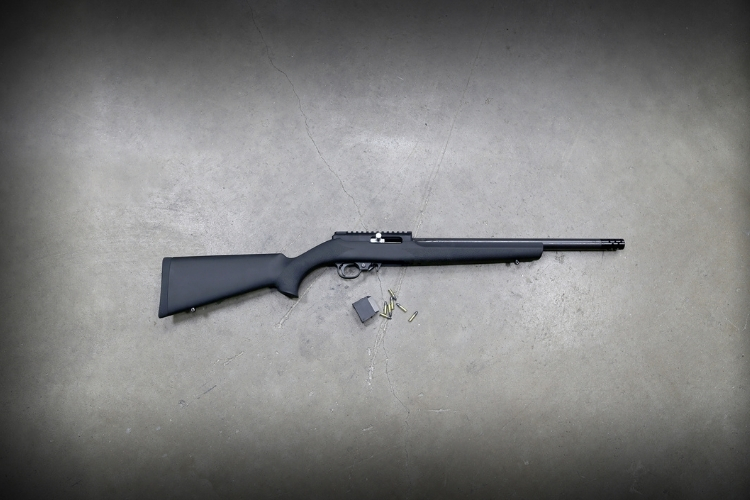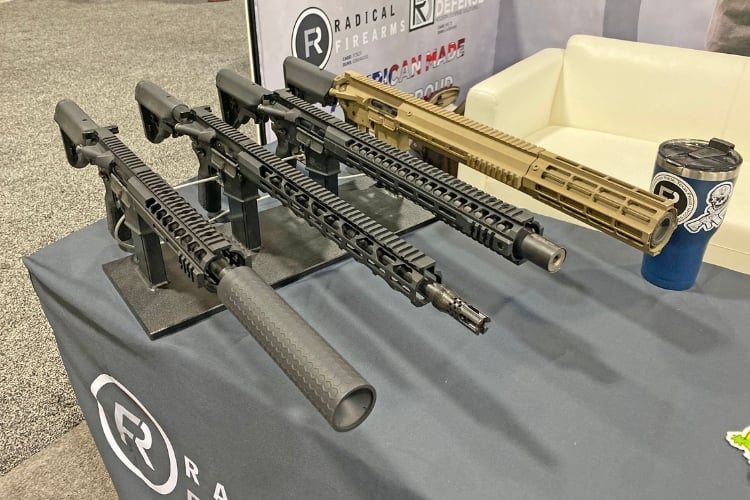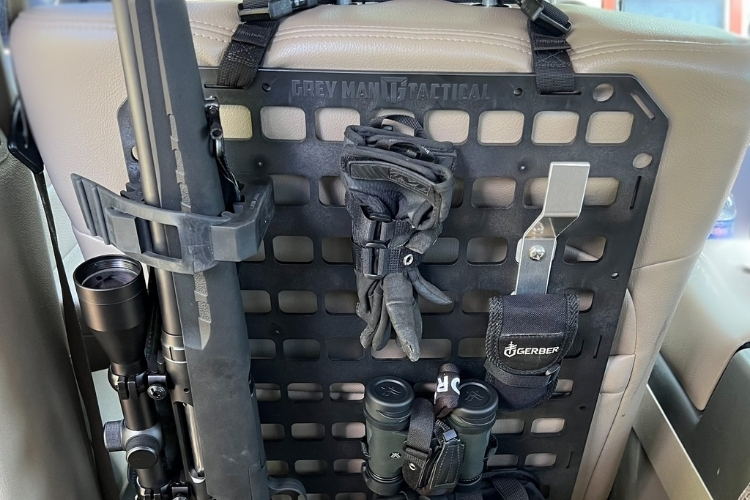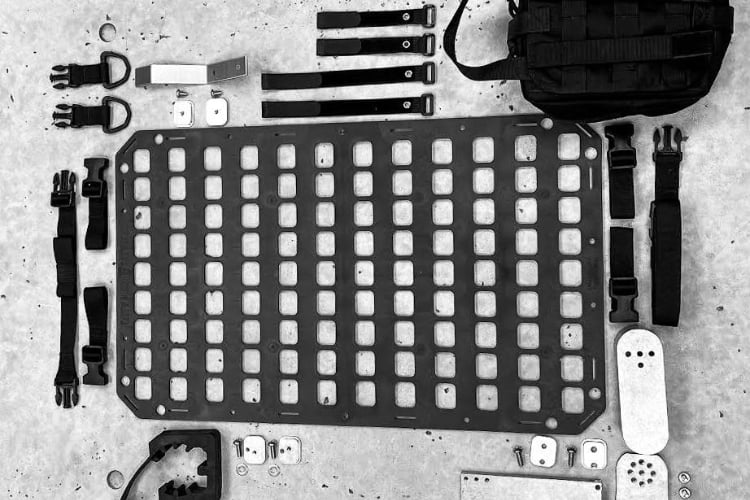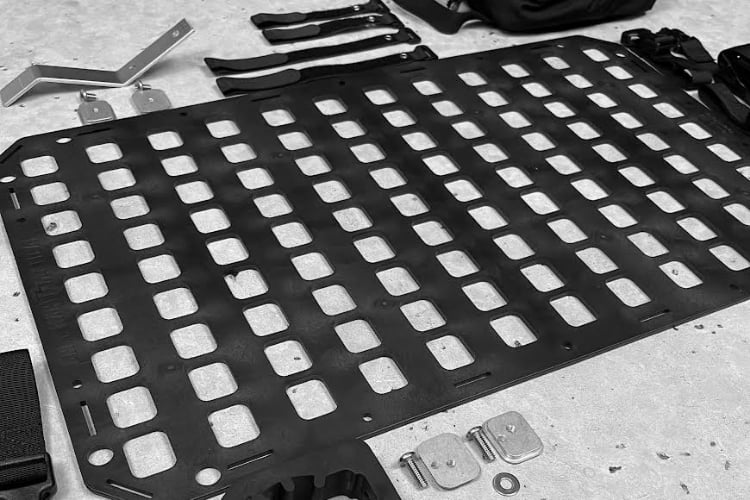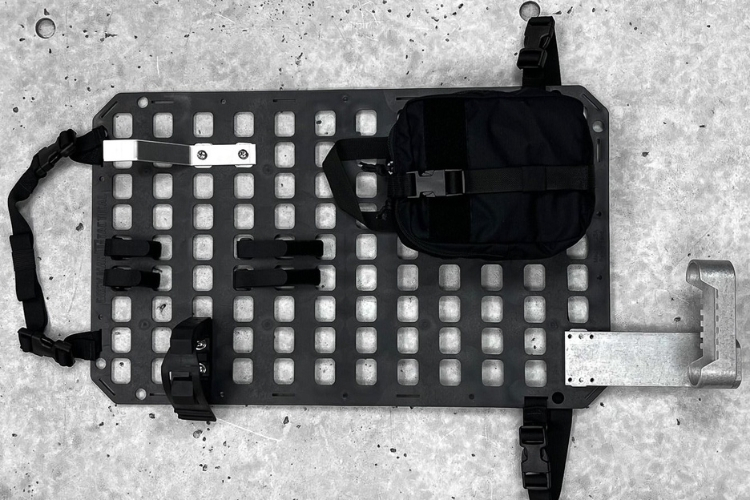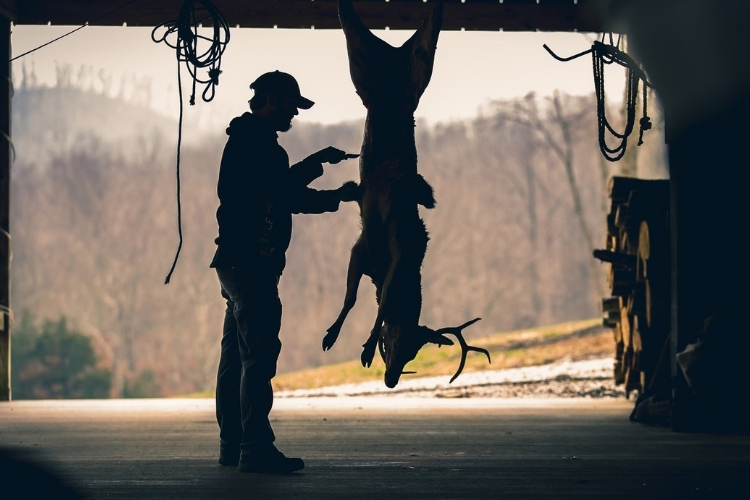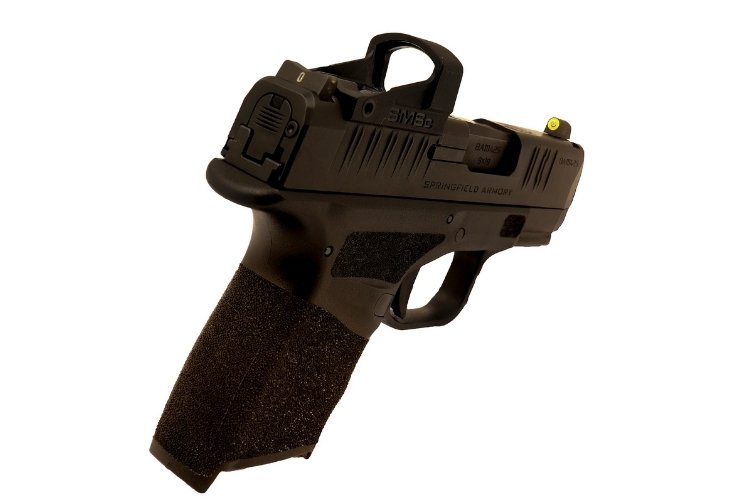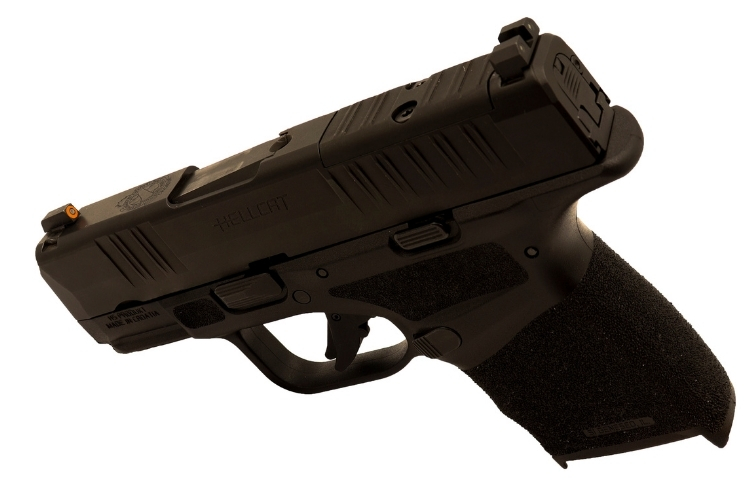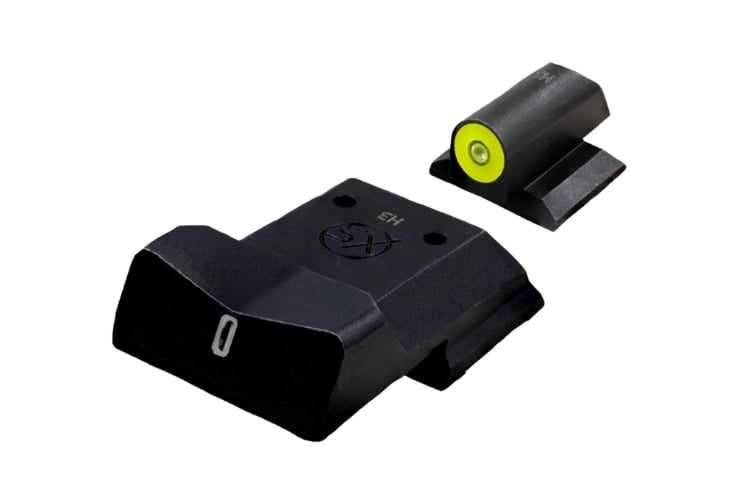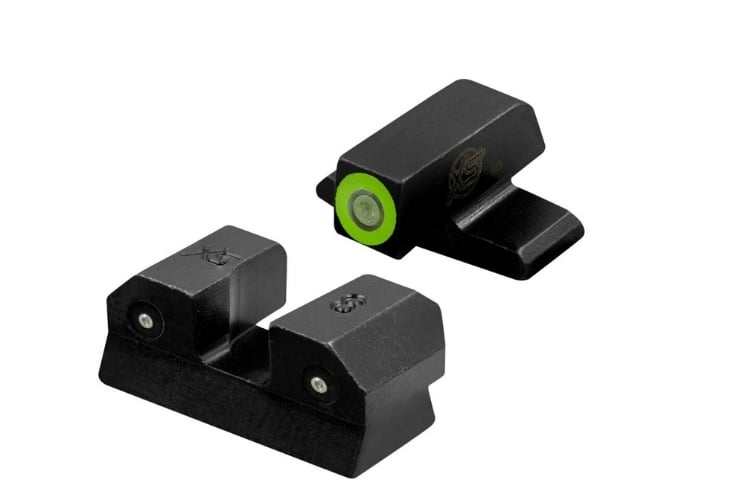Springfield Armory’s XD-S Mod 2—A Classic?
The Springfield XD-S is a kickass compact single-stack. That sentence may read, to some, like an oxymoron. I’m finding it harder and harder to justify carrying a single-stack, what with the absolute ubiquitous dominance of so many guns that are almost exactly the same size, but with bigger gas tanks.
Are we to the point where we can call all single-stack 9mms obsolete? I’m not ready for that. They are marginally lighter. They are marginally smaller, sometimes. Surely that still counts for something.
And they’re marginally thinner. In a world that fights for absolutes—the world’s thinnest this, or the world’s lightest that—single-stacks still give those of us in marketing an edge. But what about the practical distinctions?
Springfield Armory saw the potential for the gun almost a decade ago. In that time, it has remained one of the most popular single-stack 9mms available—and certainly the most popular EDC .45 ACP that isn’t a 1911.
The genius of the design is easy to understand.
Even with the short barrels, these handguns run respectable concealed carry calibers. A small gun that can deliver on the promise of the .45 ACP was instantly appealing.
They’re small enough to fit in a coat pocket without drawing any attention. The Springfield XD-S is big enough to carry in a traditional OWB holster and small enough to carry in any of the traditional concealed carry positions (though it is likely too large for ankle carry on some).
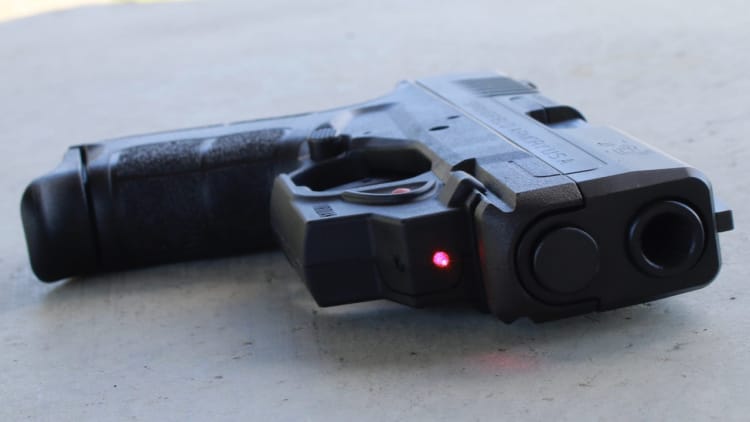
The XD-S is small enough for EDC, but still large enough for effective ergonomics. When I picked up my first XD-S (one of the earliest .45s), I was cautiously optimistic about close-quarters accuracy. I shot with the aid of the sights—no problems. I ran all manner of drills—no problems. In short, it worked.
Even in its original .45 ACP configuration, the gun was relatively easy to control. There was much more muzzle-flip than you’d find on a 5″ 1911, but that was to be expected in a gun this light and small.
The sacrifices you make for size, no matter what gun we’re talking about, are real. And the Springfield XD-S provided an easily concealed .45 ACP, so long as you were willing to accept slighter slower split times.
The same could be said for the 9mm version, really. It is easy to conceal, though.
The Springfield XD-S at long range
It wasn’t until I began shooting at distance that I realized the compact design would allow the XD-S to perform the tasks of a larger pistol. There’s enough working surface on the gun to get a solid grip and the sights, even in the first iterations, were good enough to hit a 12” plate at 100 yards—and easily.
Not that you’d ever need to make a 100 yard shot with an XD-S. That’s not the point. You can, though.
Breaking down the Mod 2
No discussion of the XD-S would be complete without a nod to the Grip Zone. When I have substantive conversations with gun companies about design elements, I warn against adding elements that will ultimately date a firearm design. The first XD-S guns had what I’d call a tire-tread-like texture to the grips and that didn’t age well.
But then Springfield Armory redesigned the grips. The texture was 100% better, but they did write Grip Zone on the grips. I wasn’t a fan of the nomenclature, but I liked the texture.
Much of the Mod 2, though, was familiar to fans of the XD-S. They jumped in and addressed the texture, which was the only thing many XD-S owners seemed to grouse about.

They also changed up the sights.
Something about fiber-optic sights has always felt fragile to me, but I carried an original XD-S off and on for ages, and I didn’t baby the gun. I never damaged a sight. They seem to hold up to the throw-it-in-a-bag kind of treatment.
Still, Springfield replaced that fiber-optic sight with a traditional front post on the new versions. The rear sight is also a step up. The muzzle side of the rear sight has a nice flat shelf.
Where most EDC sights are sloped down to the frame (including those on the original XD-S), these provide an extra working surface for one-handed manipulation. You can rack on a boot heel, or a table, or even the edge of a sturdy belt—all by catching that sight on something hard and pushing down.
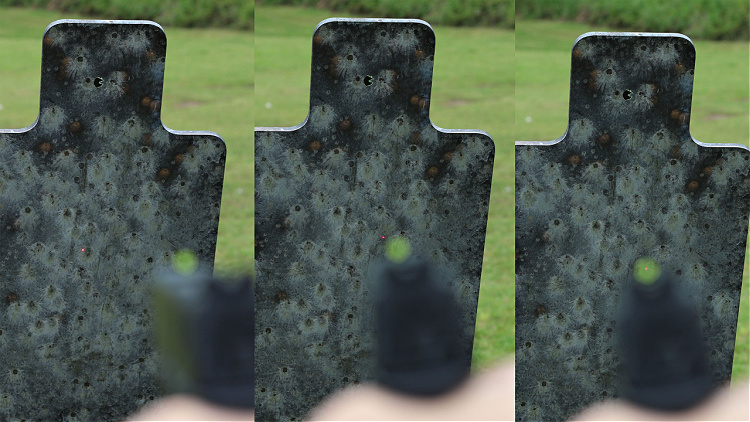
While you could argue about which set of sights might be faster for target acquisition, it would be splitting hairs. Both sights are reasonably fast. Both types of sights are easy to draw from a holster in concealment (as in they’re not so high that they drag). So it all comes down to personal preference.
Springfield has finished the Mod 2 line with Melonite. This aids in that knock-about ruggedness.
The extras
For those looking for something extra, Springfield has you covered. The newest versions are red dot-ready. With the right holster, an XD-S with a red dot would be even better for EDC.
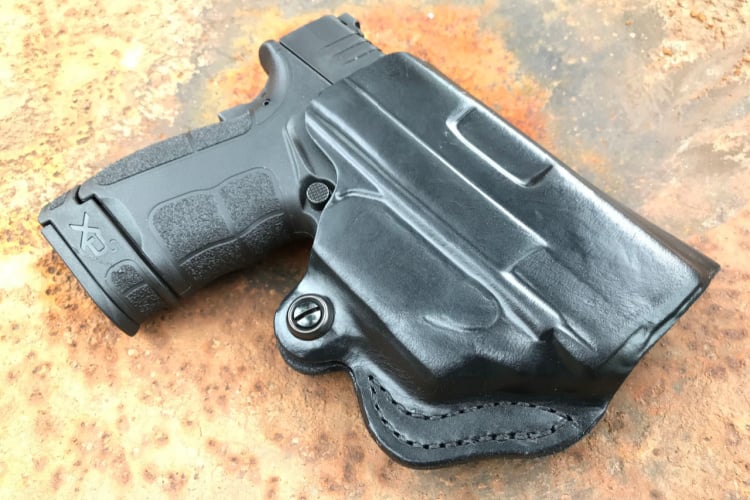
Red dots, and lasers too, once seemed like gimmicks. Not anymore. Viridian makes dedicated lasers for the XD-S, and the small rail on the front allows for other multi-fit lights and lasers, too.

It’s still a single stack
Capacity is always an issue. I’ve never carried an XD-S without carrying a spare mag. You shouldn’t, either. The 9mm holds 7 rounds in its standard mag, and 9 rounds in the extended version. The .45 holds 6 and 7 rounds, respectively.
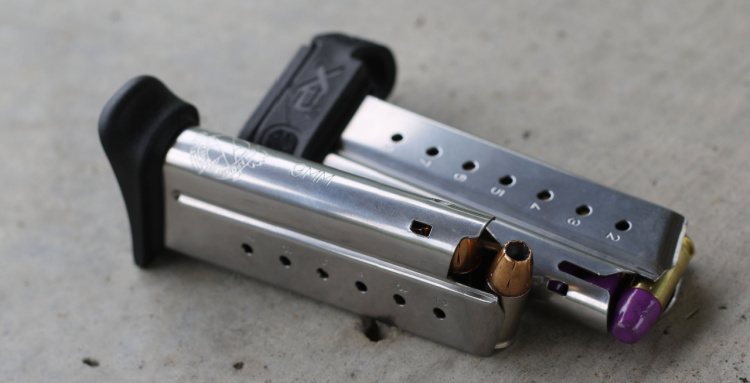
For many, this is game-over. While better than a slim 5-shot revolver, it still can’t compare to some of the other guns out there.
And for those who want to get into the weeds about how thin the XD-S is, I’d challenge them to test, side by side, a 9mm XD-S and a Hellcat. I’ve yet to meet anyone who can claim, legitimately (and by this I mean practically, in a real-world sort of scenario) that the Hellcat is harder to conceal.
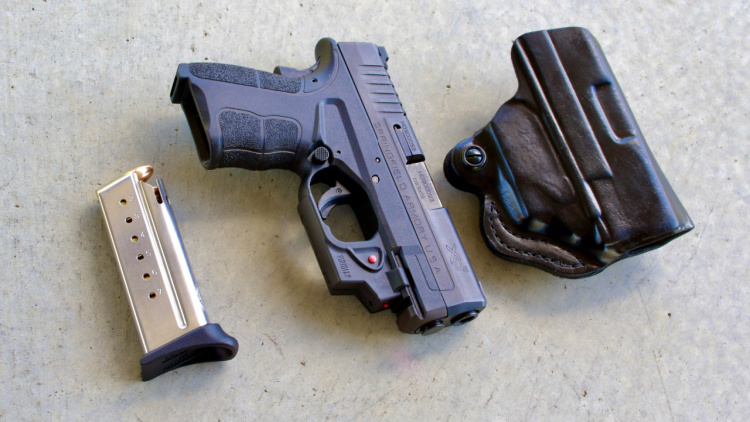
What is the XD-S really good for?
When the XD-S first hit the EDC scene, it was popular with just about everyone. Remember—this was way before the Hellcat or P365. It was years before the G43, even. There were other prominent concealable single stacks–going all the way back to the PPK, if not before, but nothing quite like the XD-S (especially in .45 ACP).
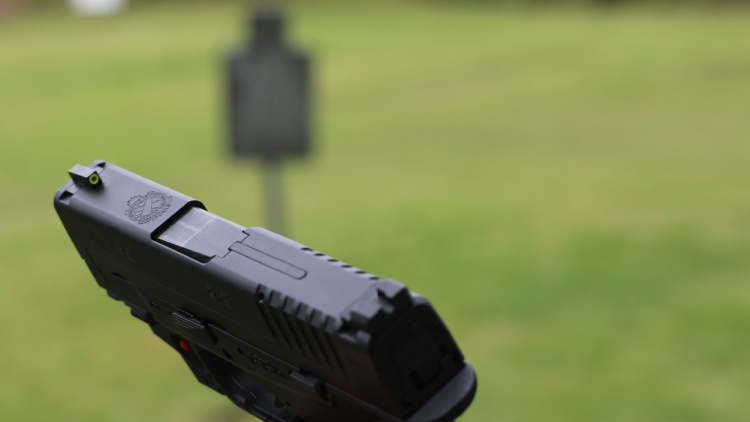
As guns have improved, there’s still a loyal fan base for the Springfield XD-S. I’d guess it is still dominated by those who carry it alone. Many others, myself included, really see this in more of a backup role. The XD-S is a reasonable one-gun type of gun. It is a better second gun.
The XD-S can go from the nightstand to the pickup to the small of the back. If your spouse, for example, keeps a close watch on the number of guns you own, the XD-S may be ideal. Or you may want to take a look at the smallest of the XD line, or the Hellcat (assuming you’re brand loyal).
Other versions?
The XD-S started something. The Mod 2 lineup now includes standard 3.3” guns, optics ready versions, 3.3” guns with external hammers, and 3.8” guns, and even a 4.5” version.
So long as the Springfield XD-S continues to perform and people keep carrying it, I can’t say it is obsolete.
But the XD-S still has a devoted following. I think this is easy enough to explain with the way the gun works. If you want more capacity in your magazine, the XD-S isn’t going to be your top choice.
Lately, I’m carrying the Springfield Armory Hellcat. It is a hell-of-a-gun and has even taken the starting spot from my old G19 for EDC. If there is an argument to be made for the classic status of the XD-S, I’d blame it on the Hellcat.

